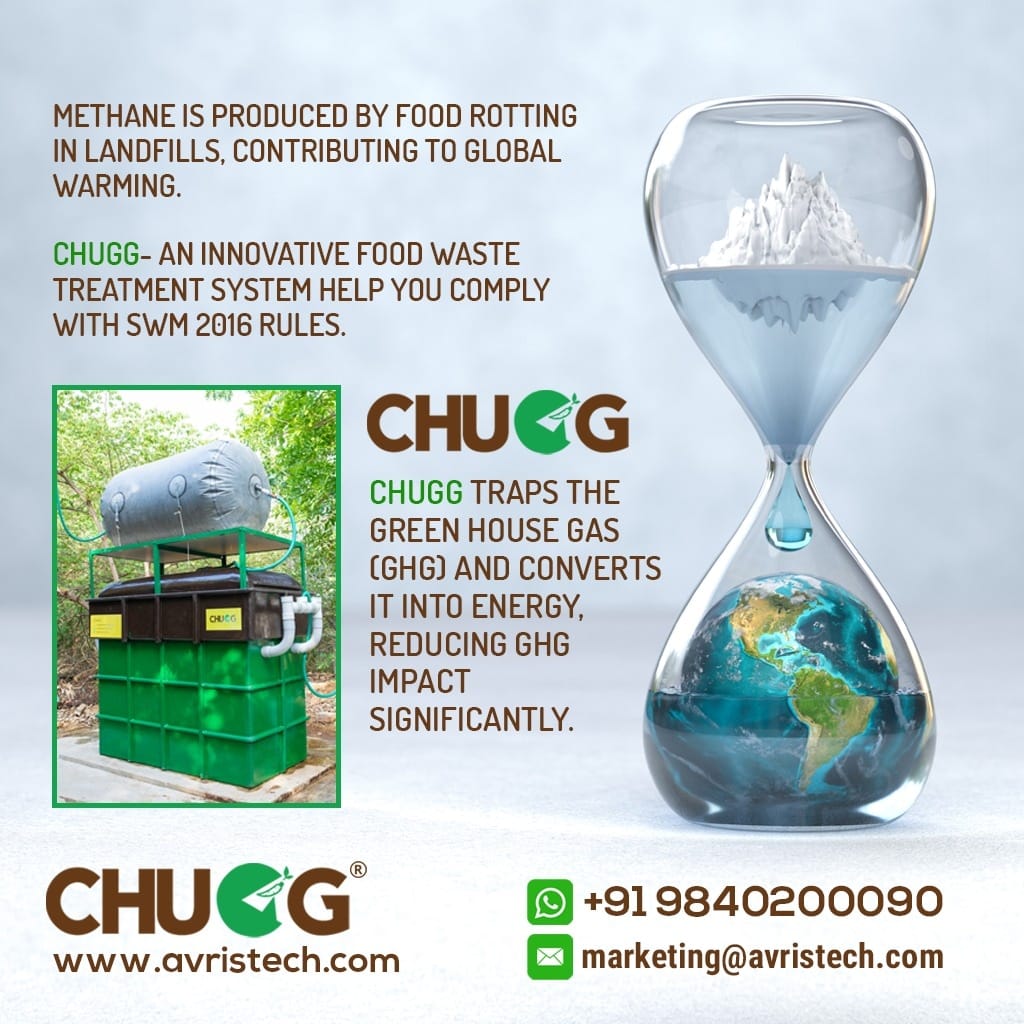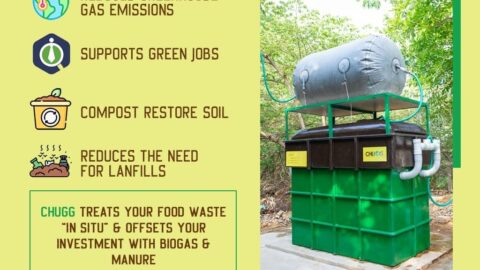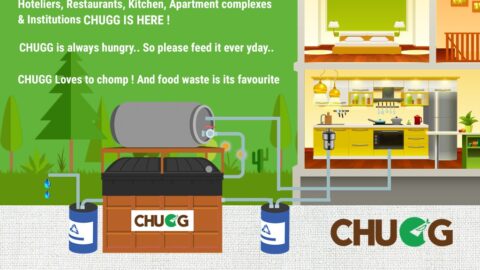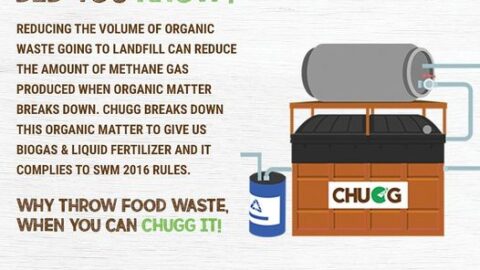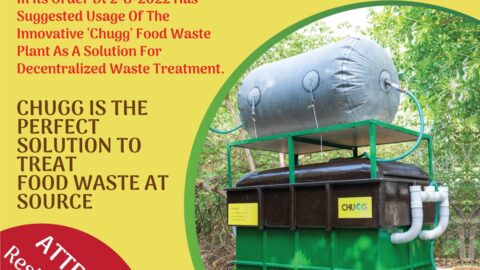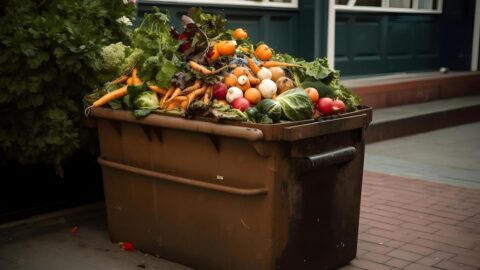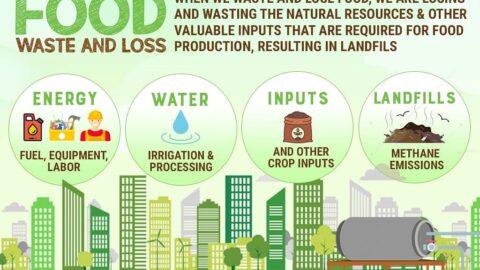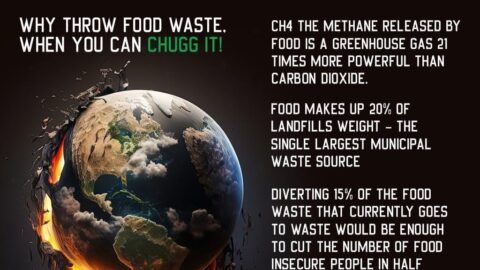Waste management has emerged as a significant challenge in our pursuit of sustainable living. The accumulation of garbage not only causes environmental issues, but it also inhibits our ability to efficiently exploit resources. Fortunately, waste-to-energy solutions have arisen as a ray of hope, providing a sustainable and innovative method to addressing this worldwide issue. These methods reduce landfill waste while simultaneously producing clean and renewable energy by transforming garbage into usable energy. We will look at how waste-to-energy technologies are moulding our bright future and paving the road for a more sustainable world in this post.
The Importance of Waste-to-Energy Solutions
Global trash creation has increased significantly as a result of rising population and urbanisation. Due to their negative environmental implications, traditional waste disposal methods such as landfilling and incineration are no longer viable solutions. Landfills emit greenhouse gases, pollute soil and water, and consume precious land. In contrast, incineration emits toxic gases and contributes to air pollution.
Waste-to-energy systems provide a sustainable alternative by transforming garbage into energy in the form of electricity, heat, and biofuels. Not only can these technologies minimize trash quantities, but they also provide a crucial source of renewable energy. We can reduce our reliance on fossil fuels, reduce greenhouse gas emissions, and create a circular economy by embracing waste-to-energy alternatives.
Types of Waste-to-Energy Technologies
Waste-to-energy technologies comprise a variety of creative ways that create electricity, and biofuels from various waste streams. Let us have a look at some of the most promising technologies:
a) Incineration: Advanced incineration facilities use cutting-edge filters and scrubbers to reduce emissions while ensuring environmentally sound energy recovery.
b) Pyrolysis and gasification: These thermal conversion processes convert waste to syngas, which can then be used to generate heat, electricity, or biofuels.
c) Landfill gas recovery: Landfills emit methane, a significant greenhouse gas. Capturing and utilizing this gas for energy production helps to mitigate its climate impact.
Benefits to the Environment and the Economy
Waste-to-energy technologies have several environmental and economic benefits.
a) Waste reduction: Waste-to-energy technologies reduce the volume of waste destined for landfills, lowering the environmental load associated with landfill operation and maintenance.
b) Renewable energy generation: By transforming trash into energy, we may utilize renewable resources while decreasing our dependence on fossil fuels, thus contributing to a cleaner and more sustainable energy mix.
c) Greenhouse gas reduction: Waste-to-energy systems aid in the reduction of greenhouse gas emissions by capturing and using methane, a powerful greenhouse gas produced by organic waste.
d) Resource Recovery: Waste streams frequently contain valuable resources such as metals and polymers. Waste-to-energy technologies make these materials more recoverable and recyclable, lowering the demand for virgin resource extraction.
e) Job creation and economic growth: The construction and operation of waste-to-energy facilities creates jobs and contributes to local economic growth.
CHUGG- A Patented and Proven technology for conversion of waste to energy
Chugg-Food Waste Treatment System has evolved as a proven and patented waste-to-energy conversion technology. This revolutionary technology provides an economical and environmentally beneficial method of addressing food waste, which is a major contributor to landfill waste and greenhouse gas emissions. The Chugg technology not only reduces waste volumes but also generates clean and renewable energy by converting food waste into valuable energy resources.
The Chugg-Food Waste Treatment System converts food waste into usable energy using a combination of biological and mechanical processes. Food waste is collected and placed in the Chugg system. The food waste is then subjected to anaerobic digestion, a controlled biological degradation process. Microorganisms break down organic matter in this process, producing biogas.
This biogas is captured and used as a valuable energy source. It can be used to generate energy, heat, or be transformed into biofuels. The biogas generated by the Chugg Food waste treatment system is a renewable energy source that can be used to replace fossil fuels. The technology contributes to a cleaner and more sustainable energy mix by utilizing this biogas for electricity generation or other energy demands. The system can also recover vital nutrients from food waste. The nutrient-rich digestate called digestate or black gold can be used as a natural fertilizer.
The processing capacity of CHUGG- food waste treatment system is determined by its size, with larger systems being capable of handling more food. These systems are user-friendly and require minimal maintenance.
Overcoming challenges and ensuring stability
While waste-to-energy technologies have enormous promise, their successful implementation necessitates overcoming a number of obstacles.
a) Misconceptions about waste-to-energy technology: Misconceptions about waste-to-energy technologies might hinder public acceptance. It is critical to educate the public about the benefits of these solutions in terms of safety, efficiency, and environmental sustainability.
b) Technological advancements: Ongoing research and development is required to improve waste-to-energy technologies, improve energy conversion efficiency, and reduce environmental impacts.
c) Regulatory frameworks: Governments must develop laws and regulations that stimulate the use of waste-to-energy solutions while protecting the environment and society.
d) Waste hierarchy: Waste avoidance and recycling should continue to be a priority. Waste-to-energy solutions should supplement rather than replace current efforts.
Waste-to-energy solutions have enormous promise for a brighter future. These solutions address the waste management dilemma while also contributing to renewable energy generation and mitigating climate change by converting garbage into a valuable resource. To realize the full potential of waste-to-energy, however, public awareness, technological improvements, and supportive legislation are required. Adopting a sustainable waste management approach that includes waste-to-energy solutions in addition to trash prevention and recycling would pave the way for a more sustainable and circular economy that benefits both the environment and society as a whole.

